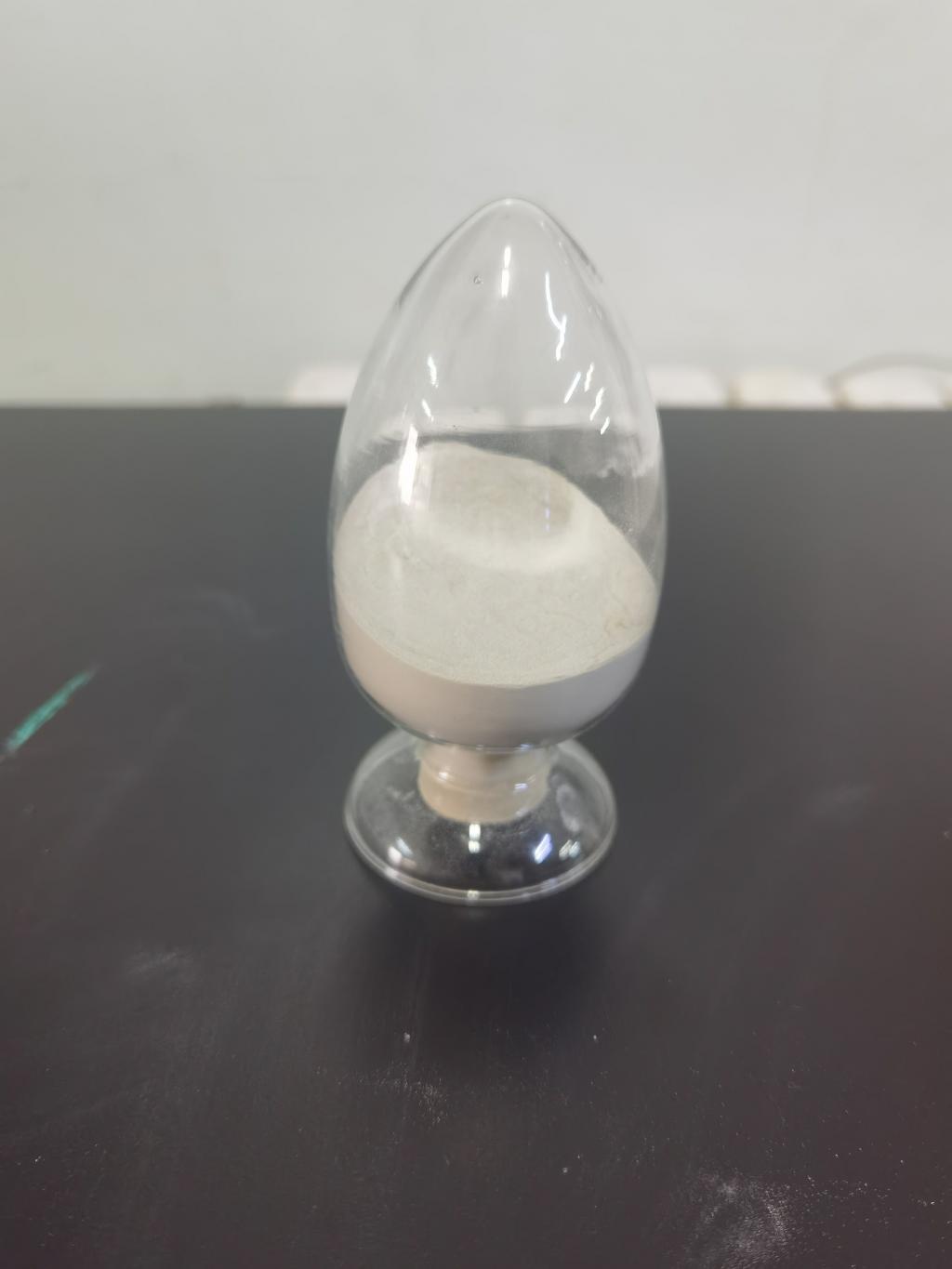Tel:+8618231198596

News
 CONTACT
CONTACT
 CONTACT
CONTACT
- Linkman:Linda Yao
- Tel: +8618231198596
- Email:linda.yao@dcpharma.cn
- Linkman:CHARLES.WANG
- Department:Overseas
- Tel: 0086 0311-85537378 0086 0311-85539701
News
Nisin's Contribution to the Revitalization of Heritage Foods
TIME:2024-02-20
Heritage Foods: A Culinary Legacy:
Heritage foods encompass a rich tapestry of culinary traditions passed down through generations. These foods are deeply rooted in cultural identities, often tied to specific regions, festivals, and rituals. As globalization and modernization have influenced dietary patterns, there is a growing recognition of the need to preserve and celebrate these heritage foods.
Challenges in Preserving Heritage Foods:
The preservation of heritage foods poses unique challenges. Many of these culinary treasures rely on traditional methods of preparation, making them susceptible to spoilage and degradation over time. Additionally, the demand for convenience and longer shelf life in contemporary society has led to a decline in the consumption of perishable heritage foods.
Nisin as a Natural Preservative:
Nisin, derived from Lactococcus lactis, has long been acknowledged for its antimicrobial properties. Historically used in food preservation, its natural origin and efficacy against harmful bacteria position it as a suitable candidate for safeguarding heritage foods. By inhibiting the growth of spoilage microorganisms, Nisin helps extend the shelf life of these traditional delicacies without compromising their authenticity.
Preserving Authenticity in Traditional Fermented Foods:
Many heritage foods involve intricate fermentation processes that contribute to their unique flavors and textures. Nisin's role in inhibiting unwanted bacterial growth allows for the preservation of the authentic microbial communities responsible for fermentation. This ensures that the sensory qualities of traditional fermented foods remain true to their heritage.
Revitalizing Forgotten Recipes:
As some heritage foods face the risk of fading into obscurity, the integration of Nisin provides an opportunity to revitalize forgotten recipes. By addressing concerns related to microbial stability and shelf life, Nisin enables the reintroduction of heritage foods to a wider audience. This revitalization not only preserves cultural heritage but also fosters a renewed appreciation for traditional culinary practices.
Nisin in Heritage Dairy Products:
Dairy products hold a special place in the heritage food repertoire of many cultures. Nisin's compatibility with dairy matrices makes it an ideal preservative for traditional cheeses, yogurts, and fermented milk products. The controlled inhibition of spoilage bacteria ensures that these dairy delicacies maintain their intended textures and flavors.
Balancing Tradition and Modernity:
Preserving heritage foods with Nisin raises questions about striking the right balance between tradition and modernity. While Nisin aids in extending the shelf life of these foods, it is crucial to ensure that the preservation process does not compromise the authenticity of flavors and textures that define heritage culinary experiences.
Case Studies in Nisin-Preserved Heritage Foods:
Nisin in Traditional Breads: The incorporation of Nisin in traditional bread-making processes helps prevent mold growth and extends the freshness of iconic heritage bread varieties.
Nisin in Indigenous Pickles: Heritage pickling methods are often vulnerable to spoilage. Nisin acts as a guardian, preserving the crispness and tanginess of traditional pickles while honoring time-honored recipes.
Nisin in Ethnic Fermented Beverages: Traditional fermented beverages, rich in cultural significance, can benefit from Nisin's protective qualities, ensuring that these heritage drinks maintain their intended flavors.
Challenges and Considerations:
While Nisin offers a promising solution for preserving heritage foods, challenges such as regulatory compliance, consumer acceptance, and the need for standardized application methods must be addressed. Collaboration between food scientists, cultural experts, and chefs is essential to navigate these challenges successfully.
The Future of Nisin and Heritage Foods:
The synergy between Nisin and heritage foods is poised to shape the future of culinary preservation. As consumers increasingly seek authenticity and a connection to their cultural roots, Nisin's role in safeguarding heritage foods is likely to expand. Ongoing research and innovation will contribute to refining the application of Nisin in different heritage food categories.
Conclusion:
Nisin's contribution to the revitalization of heritage foods marks a significant stride in preserving cultural legacies. As the demand for authentic and diverse culinary experiences grows, the integration of natural preservatives like Nisin ensures that traditional foods continue to grace our tables, bridging the gap between the past and the present. This harmonious blend of tradition and innovation propels heritage foods into a vibrant and sustainable culinary future.
- Tel:+8618231198596
- Whatsapp:18231198596
- Chat With Skype







